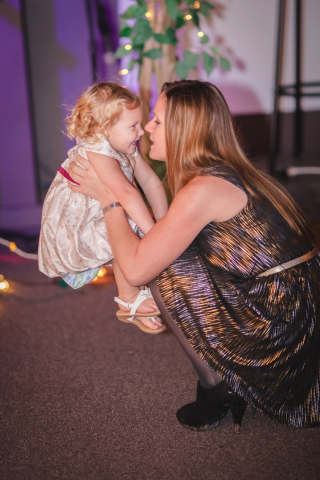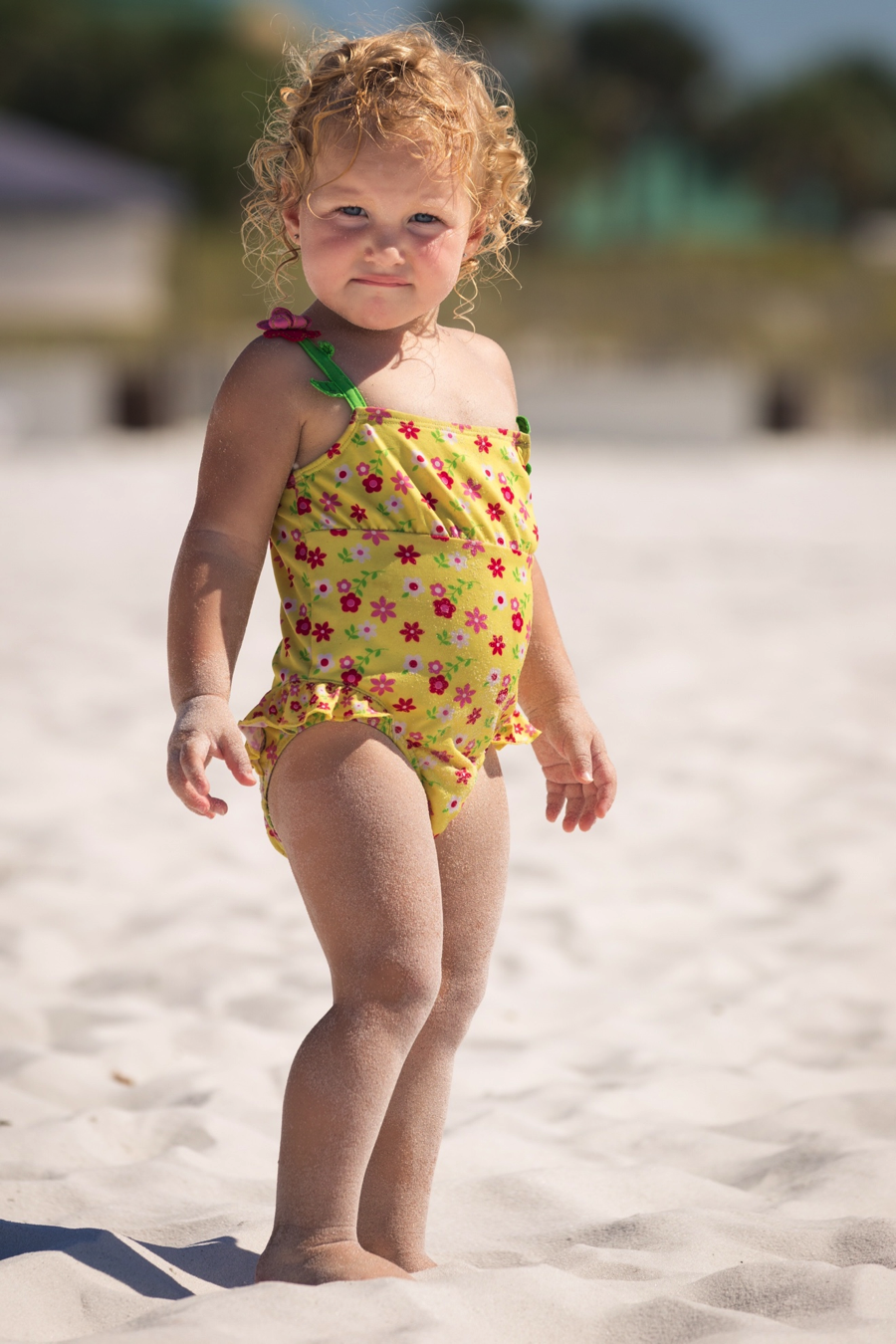
“Don’t forget to hug him, squeeze him tightly first, and then lay out the steps to recover. . . I learned that from Lylah. . . Hugs first . . ." - My mother, Lorna, said this to me today after I expressed being overwhelmed with the mess of poor grades that one of my high school children had allowed themselves to get into.
You see, my youngest daughter, Lylah, used to throw some pretty impressive fits when she was 2 ½ years old. She was the youngest of my 6 children and she embodied the “terrible twos” like she was trying to supersede her position in the family since the day of her birth. She was a curly blond haired, blue-eyed adorable little girl who was also a vivacious, strong-willed, spitfire so her little toddler tantrums could be pretty exhausting sometimes. I remember reminding myself during these battles that I had to hold my ground because these were pivotal moments where I had to teach her that she could not always get her way. After all, her life would most certainly be filled with disappointments, obstacles, and failures and I needed to show her a better way to respond to those kinds of circumstances.
But after she passed away in an accidental drowning incident at 2 ½ years old in April, 2015, I couldn’t help but regret every time I was ever so impatient or frustrated with these behaviors that I skipped the “hugs first” step. Sometimes, as mothers, we become so exhausted by it all that we immediately interpret our children’s intense emotional displays as a sign of direct defiance – and thus meet them with the corrective measures that we as parents should implement to help our children develop into later functioning adults. But what if there is something that we could do first that would remind us and them that they are still vulnerable little children who need understanding, acceptance, and love before the lessons we are trying to teach them can even take root?
While all children are certainly capable of manipulating a situation to get what they want (don’t we all have that proclivity?), there are also influential underlying feelings that almost always drive their behavior. Maybe my sweet little Lylah was just deeply disappointed and couldn't understand why things weren't the way she had wanted or expected them to be. Maybe she felt afraid that she couldn’t predict how a situation would turn out and wanted to exact some form of control in the only way she knew how. Maybe she was simply overtired and needed me to hold her and soothe her emotionally dysregulated self until she could better articulate what she wanted or needed at the time.
I now realize that every time Lylah threw her tenacious little 2-year-old tantrums was another opportunity for me to express my unconditional love for her, empathize with her disappointment, reassure her in her fears, soothe her anxieties, and then show her a better way. To just love her first and then correct her behavior. This is exactly how we all want to be loved and how we are called to love our children. While I admit that that is still not always my first reaction when one of my 5 surviving kids makes a big mistake (thanks for the reminder today, Mom!), this is something I continue to strive towards each day. I truly do want to be a mom that always "hugs first." I am hoping this also inspires you show patience and wisdom in embracing a “hugs first” form of mothering your children today and each day moving forward.




The views and opinions expressed in this post are those of the author(s) and do not necessarily reflect those of MomsRising.org.
MomsRising.org strongly encourages our readers to post comments in response to blog posts. We value diversity of opinions and perspectives. Our goals for this space are to be educational, thought-provoking, and respectful. So we actively moderate comments and we reserve the right to edit or remove comments that undermine these goals. Thanks!